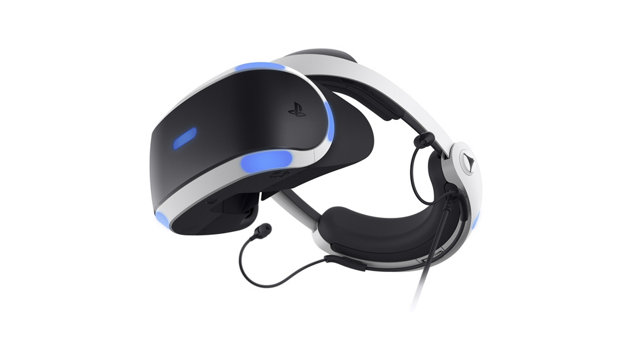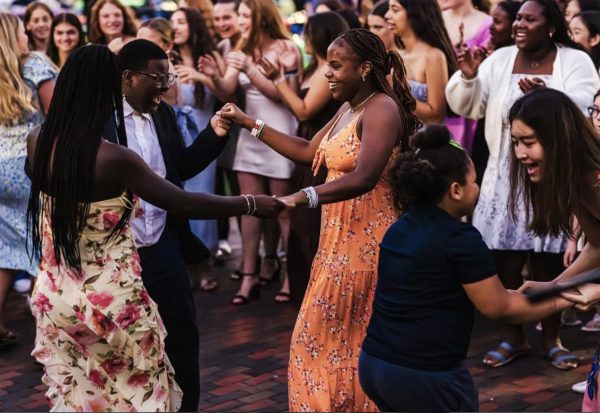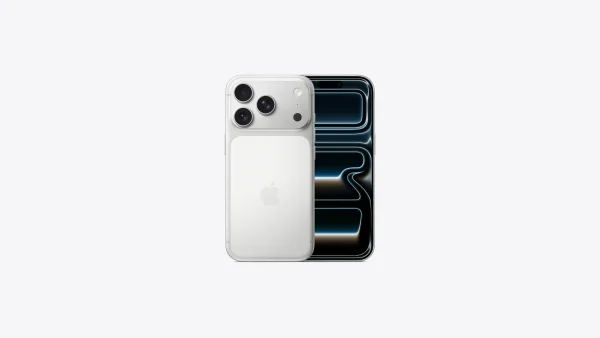Virtual Reality: The Future is Here
Have you ever imagined watching the Super Bowl from the sidelines? If so, virtual reality is here to make your dream come true. Except you don’t have to leave your home.
Virtual reality (VR) has many interactive uses such as, gaming, education, films, music, and sports. At such an early stage in virtual reality’s history, the technology and experience is remarkable.
VR is a 3D simulation people can interact with if they are connected to a system via a headset or gloves fitted with sensors. The groundbreaking, interactive technology enables users to enter a different realm or environment and manipulate the objects within that world.
Although there is no definitive founder of virtual reality, Ivan Sutherland was the first to create a head-mounted display that connected to the computer. Sutherland’s work was known as The Sword of Damocles, which was created in 1968, and it just showed the computer display inside of the headset.
Sutherland conducted his work at the University of Utah, alongside one of his students, Bob Sproull. This machine was elementary compared to today’s virtual reality machines, but it constructed the path to today’s technology and equipment.
A high-profile advocate for virtual reality is Mark Zuckerberg, the founder of Facebook. “One day, we believe this kind of immersive, augmented reality will become a part of daily life for billions of people,” said Zuckerberg. Facebook has its own virtual reality system, the Oculus Rift, that’s on sale for $199.
There are more companies that are involved in the VR market. Sony makes PlayStation VR, HTC makes the Vive, and Google makes one called the Daydream. The prices on these headsets range from between $10-$600. Surely the higher price points correspond with greater technological advances and add-ons, but many people are hesitant to spend so much money for a high-end VR headset.
Matt Nguyen ’18 agrees that the prices of the VR headsets are very high, but possibly worth it.
“I’ve only tried VR inside of the Microsoft store, so I hardly got to scratch the surface of its endless possibilities,” said Matt. “If I had the disposable income to buy it without worrying, I totally would. It’s great for gaming, and it is much better than just playing on a flat-screen television, since you feel like you’re actually face to face with a situation.”
Logan Geisness ’18 is also intrigued by VR, and is contemplating investing in one.
“I’ve been debating whether I should buy it or not. It’s a pretty healthy investment, but it’s unreal so I’m seriously thinking about it,” said Logan.
The VR market continues to grow and offer more options for the consumers. Some examples are a Jumanji VR experience, flying WWII fighter planes, skydiving, virtually visiting college campuses, and being a virtual quarterback for an NFL team.
Connor Power is a repeat senior who resides in Woburn, MA, but lives in Ford Hall during the school year. In his free time Connor is an avid mini-golfer...













